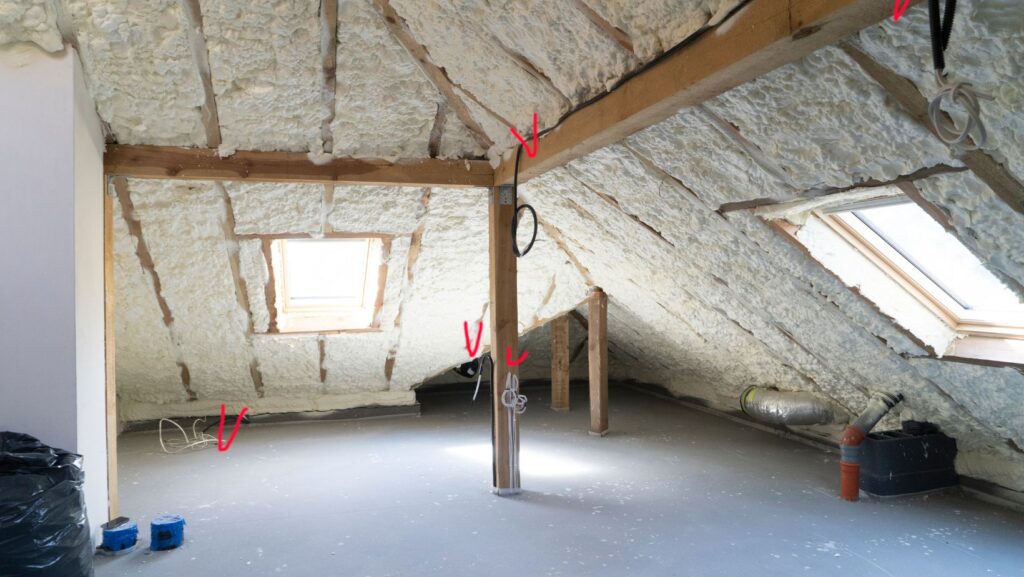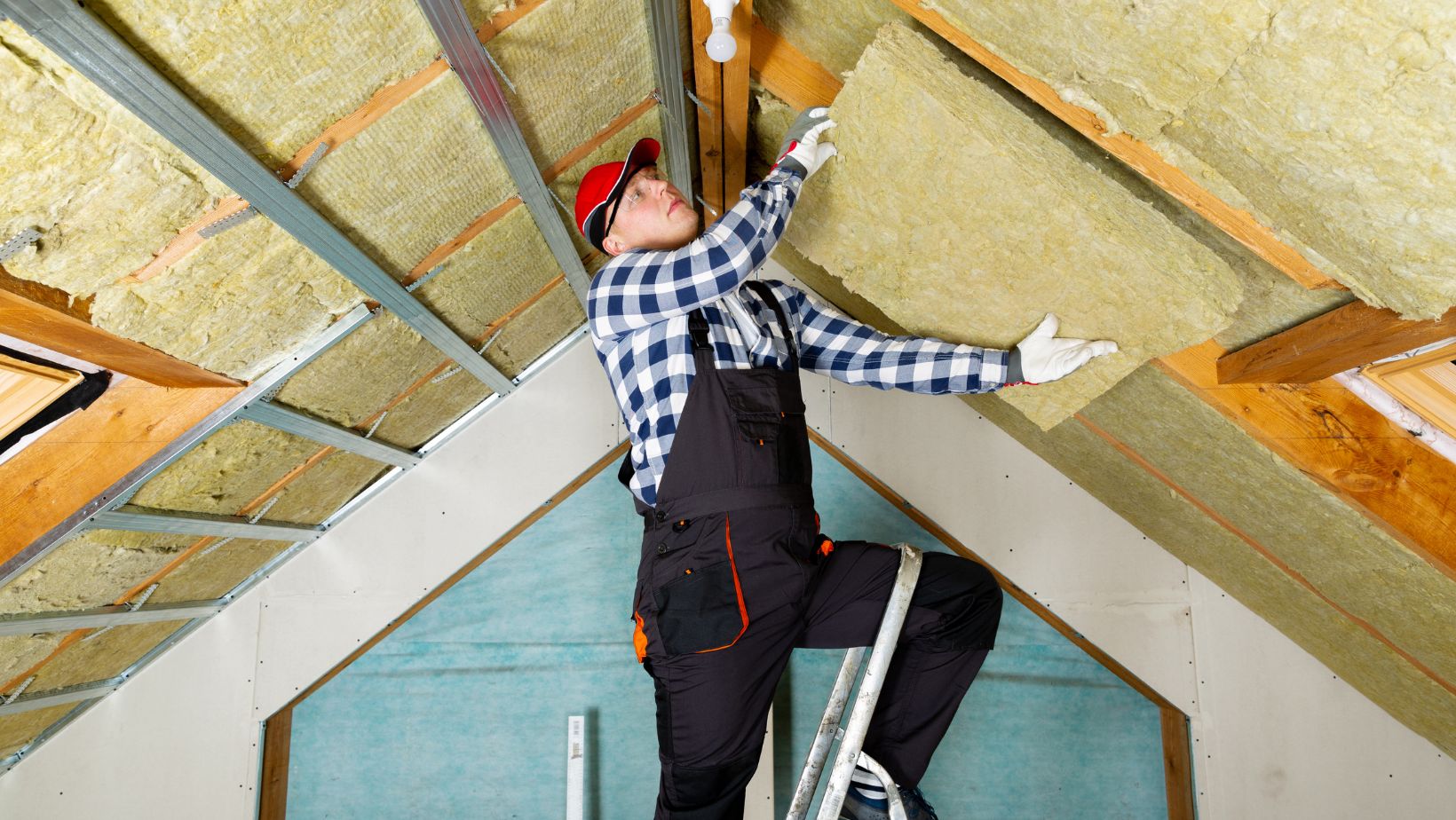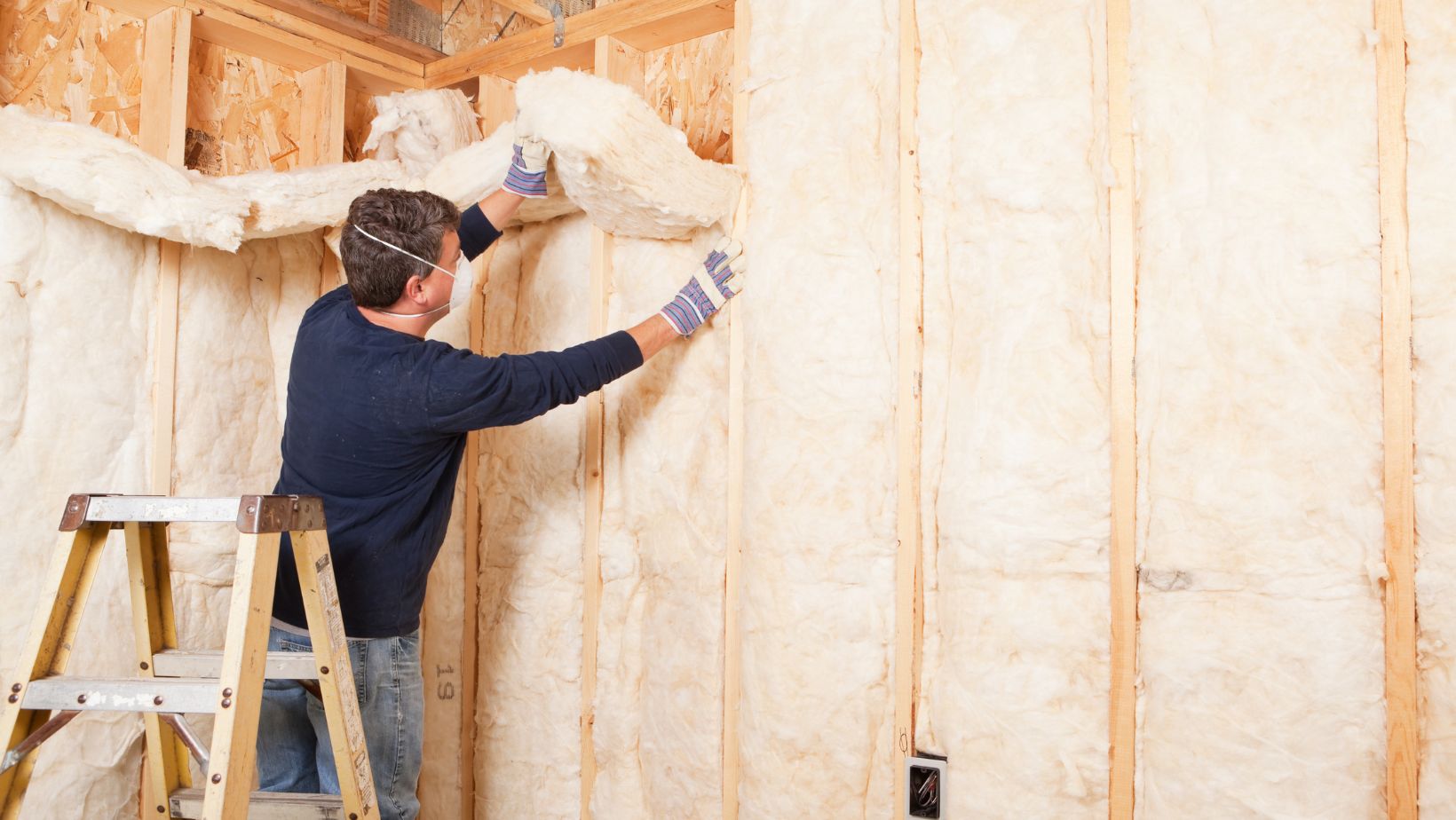
When it comes to keeping your home comfortable year-round and slashing those energy bills, insulation often gets overlooked. Yet, it plays a crucial role in maintaining a consistent indoor temperature, cutting down on energy use, and fostering a more sustainable living environment.
Proper insulation acts as a shield against heat transfer, keeping the warmth in during winter and the heat out during summer. This not only reduces the need for constant heating and cooling but also leads to noticeably lower energy bills. Plus, insulation helps prevent drafts and cold spots, meaning you won’t have to keep fiddling with the thermostat to stay comfortable.
By reducing energy consumption, insulation also contributes to a smaller carbon footprint, making your home both eco-friendly and cost-effective. So, if you’re looking to enhance your home’s comfort and savings, it’s time to give insulation the attention it deserves.
Understanding the Role of Insulation in Home Comfort and Savings
Insulation plays a critical role in maintaining home comfort and reducing energy costs. It’s essential to understand how insulation works to enhance comfort and the financial benefits it provides.
How Insulation Works to Improve Comfort
Insulation functions as a barrier that minimizes the exchange of heat through walls, roofs, and floors. This ensures a consistent indoor temperature, regardless of the weather outside. Proper insulation keeps your home warm during winter and cool during summer, enhancing year-round comfort. By preventing drafts and cold spots, insulation helps maintain a stable and comfortable living environment.
Financial Benefits of Effective Insulation
Proper insulation offers significant financial savings. Homes with adequate insulation can experience up to a 30% reduction in energy bills, according to the US Department of Energy. By reducing the need for constant heating and cooling, efficient insulation decreases energy consumption, leading to lower utility costs. Additionally, air sealing paired with insulation can save homeowners an average of 15% on heating and cooling costs, as estimated by the EPA. Comparing insulation products can help you choose the best option that fits your budget and meets your specific needs.
Types of Insulation and Their Effectiveness
Selecting the right insulation for home comfort and savings involves understanding the different types available. Comparing insulation products can help determine the ideal fit.
Blanket, Foam, and Reflective Systems
Blanket insulation, commonly made from fiberglass, is known for its affordability and ease of installation. It’s often used in attics, walls, and floors. Foam insulation, particularly rigid foam and spray foam, offers higher insulating value per inch.

Selecting the Right Insulation for Your Home
Determining the best insulation requires considering your home’s specific needs. Climate, budget, and existing insulation play crucial roles. Fiberglass might be a good choice for a tight budget, while spray foam, though pricier, offers significant energy savings over time.
Consulting with insulation professionals can provide insights into the most effective materials and methods, ensuring optimal energy efficiency and comfort.
Evaluating the Impact of Insulation on Energy Savings
Effective insulation can dramatically enhance energy savings and home comfort. To understand this better, let’s explore essential concepts and data.
The Importance of R-Values in Saving Energy
R-Value measures the insulation material’s resistance to heat flow. Higher R-Values indicate better thermal performance. For instance, fiberglass insulation typically offers R-Values ranging from 2.9 to 3.8 per inch, while spray foam can reach as high as 6.5 per inch. Selecting an insulation material with a higher R-Value for your climate ensures improved energy efficiency.
Comparing Energy Costs Before and After Insulation
Insulation upgrades can significantly reduce energy costs. Before installing new insulation, utility bills might show higher energy consumption due to heat loss in winter and heat gain in summer. After proper insulation and air sealing, you can expect to see a consistent decrease in heating and cooling expenses.
According to the EPA, air sealing combined with insulation can lower heating and cooling costs by about 15%, translating to an average annual savings of 11% on total energy costs.
| Energy Costs | Before Insulation | After Insulation (with air sealing) |
| Heating | High | Lower by up to 15% |
| Cooling | High | Lower by up to 15% |
| Total | 100% | 89% (average saving) |
Measuring these results provides tangible evidence of insulation’s value and underscores the importance of consulting with professionals for optimal installation and energy savings.
Practical Tips for Installing and Upgrading Home Insulation
Proper insulation is key to improving home comfort and reducing energy costs. Here’s what you need to know about installation and maintenance.
DIY Vs. Professional Installation: What You Need to Know
When deciding between DIY and professional insulation installation, consider complexity and precision. Installing fiberglass batts might be simple for an avid DIYer, but other insulation materials like spray foam and cellulose require specialized equipment and skills.

Maintenance Tips to Maximize Insulation Efficiency
To maintain insulation efficiency, check for air leaks and seal gaps around windows, doors, and electrical outlets. Inspect your attic and crawl spaces for moisture, which can compromise insulation. Replace damaged or compressed insulation to keep its effectiveness intact. Regularly compare insulation products on the market to ensure your home uses the most advanced materials.










